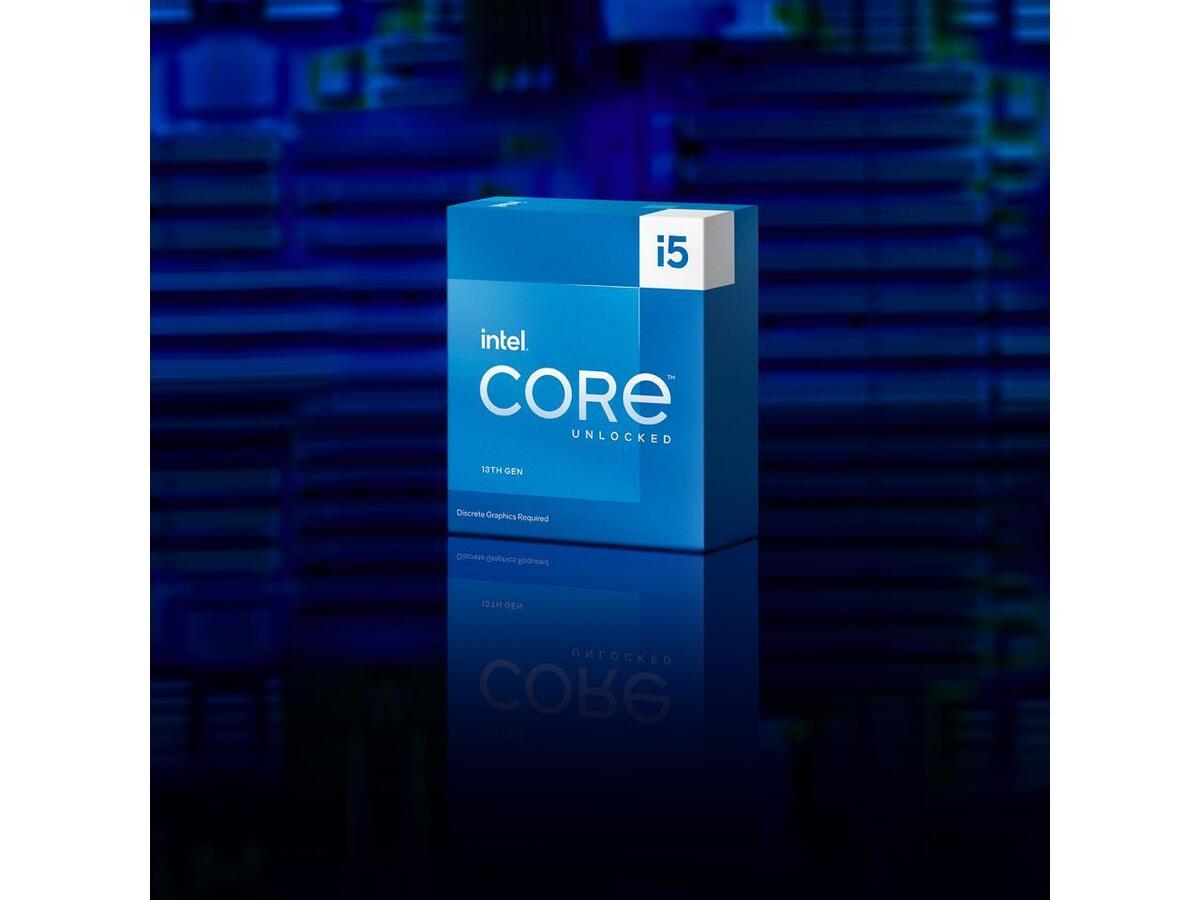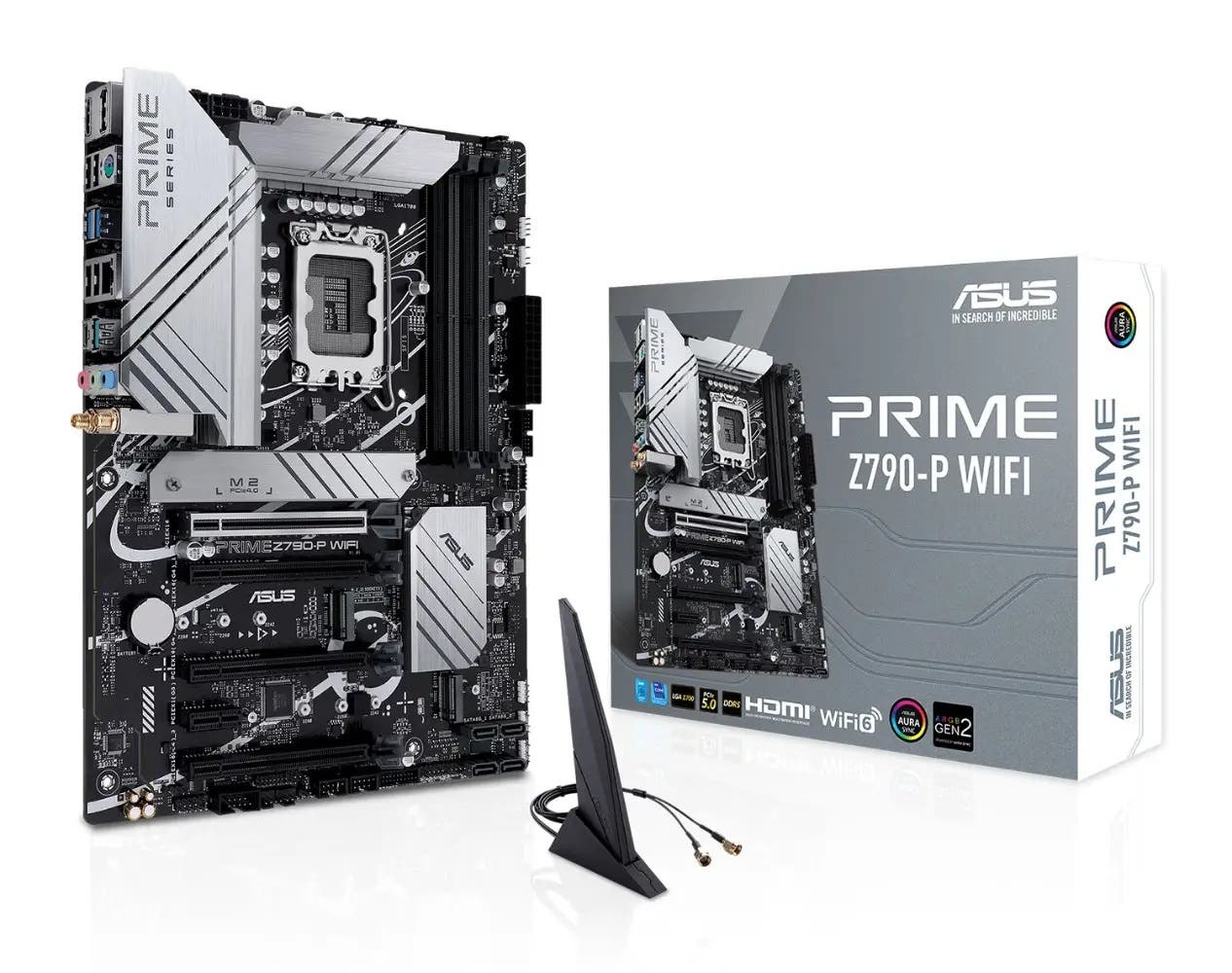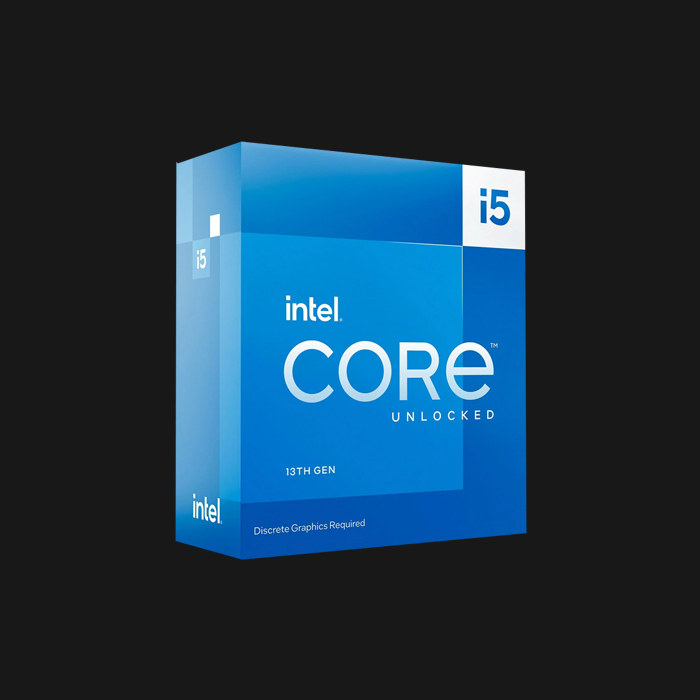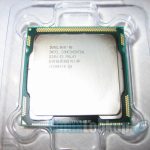The ongoing rivalry between Intel and AMD in the CPU market has always sparked interest among tech enthusiasts and consumers alike. With each release, both companies strive to outdo each other, offering better performance, efficiency, and value for money. The Intel Core i5-13600KF is a prime example of Intel’s response to AMD’s latest offerings, standing out as a formidable competitor in the mid-range CPU segment. This article delves into a detailed comparison, pitting the i5-13600KF against AMD’s recent processors, focusing on performance metrics, power efficiency, compatibility, and overall value.
Performance Battle
Raw Power and Gaming
The Intel Core i5-13600KF boasts advanced architecture, delivering impressive clock speeds and a significant boost in performance compared to its predecessors. When it comes to gaming, the i5-13600KF consistently outperforms AMD’s equivalent models by leveraging its higher single-core speeds, which is paramount for gaming applications. This makes the Intel chip a preferred choice for gamers seeking high frame rates without breaking the bank.
Workstation and Multitasking Workloads
AMD counters with offering CPUs that excel in multi-threaded applications, thanks to their aggressive core and thread counts. For users whose primary focus is on productivity applications, content creation, and rendering tasks, AMD’s processors are often more appealing. Despite this, the i5-13600KF holds its own in multitasking environments due to Intel’s improvements in hyper-threading technology, bridging the gap between gaming and professional workloads.

Power Efficiency
Thermal Design and Energy Use
Intel’s i5-13600KF is engineered for efficiency, showing improvements in thermal design power (TDP) metrics. This processor operates within an acceptable power envelope, balancing performance with power consumption effectively. AMD’s latest CPUs, known for their impressive performance per watt, present stiff competition by offering processors that optimize energy use without compromising output. Consumers mindful of long-term energy costs and environmental impact will find the comparison here less clear-cut, as both brands have made significant strides in efficiency.
Cooling Requirements
Both Intel and AMD processors demand robust cooling solutions to maintain peak performance, especially when overclocked. The i5-13600KF, with its overclocking potential, can require advanced cooling mechanisms under heavy load, similar to its AMD counterparts. Users must consider the additional investment in cooling when comparing these CPUs, as maintaining optimal temperatures is crucial for longevity and performance.

Compatibility and Upgrading Paths
Motherboard and RAM Considerations
Compatibility plays a crucial role in the consumer’s choice. The Intel Core i5-13600KF operates on newer motherboard platforms, providing access to cutting-edge technologies like PCIe Gen 5 and DDR5 RAM, albeit at a higher total system cost. In contrast, AMD’s offerings are appealing for users seeking a broader compatibility range with existing hardware, often allowing for easier and more cost-effective upgrades. However, Intel’s push for the latest standards nudges the industry forward, promising longer-term benefits for new builds.
Future-proofing Your System
Future-proofing is a significant consideration for many. Intel’s i5-13600KF, with its support for the latest technological standards, presents a compelling case for users aiming to build a system that remains competitive in the coming years. AMD, with its commitment to keeping older platforms up to date, offers a different kind of value, ensuring users can upgrade their CPUs without overhauling the entire system. The choice between Intel and AMD often hinges on the user’s long-term plans for their build.

Overall Value: Pricing and Performance Ratio
Immediate Cost vs. Long-term Value
The initial purchase price is a critical factor for most buyers. The Intel Core i5-13600KF is competitively priced, matching or slightly exceeding the cost of AMD’s comparable models. When considering the performance gains, particularly in single-core tasks and gaming, the i5-13600KF represents a sound investment. However, AMD’s processors might offer better value for users with heavy multi-threaded application usage, thanks to their lower price point and excellent multi-core performance.
Ecosystem and Extras
Beyond the CPU itself, the ecosystem surrounding it — including motherboards, RAM, and other components — affects the overall value proposition. Intel’s adoption of newer technologies can mean higher total build costs, while AMD’s compatibility with a broad range of affordable motherboards can reduce the total cost of ownership. The decision between Intel and AMD transcends mere CPU performance, extending into the broader ecosystem and how each processor fits into the user’s final build and budget.

Innovations and Technological Advances
Intel’s Architectural Enhancements
Intel’s Core i5-13600KF showcases the company’s commitment to pushing the envelope in processor technology. Through architectural enhancements, Intel has managed to increase the performance ceiling, making significant strides in both efficiency and processing speed. These advancements not only enhance the user experience for gamers and creators alike but also signify Intel’s dedication to remaining competitive in the CPU market.
AMD’s Response with Architectural Innovations
On the flip side, AMD has not been idle. Their recent CPUs reflect a deep investment in research and development, optimizing chip design for better performance across a variety of applications. By focusing on areas such as energy efficiency and multi-threading capabilities, AMD ensures its processors offer a balanced choice for consumers, highlighting the company’s strategy to cater to a diverse range of computing needs.

Market Impact and Consumer Choices
Shifting Consumer Preferences
The continuous innovations from both Intel and AMD have a notable impact on consumer preferences. As each new processor launch promises better performance and efficiency, users are increasingly considering what tasks they primarily use their computers for when choosing a CPU. This shift towards more informed purchasing decisions encourages manufacturers to be more transparent about their products’ strengths, fostering a healthier market competition.
Broadening the Spectrum of Options
The rivalry between Intel and AMD effectively broadens the spectrum of options available to users, catering to various budgets, performance requirements, and future-proofing considerations. Whether a buyer is assembling a high-end gaming rig, a budget-friendly family computer, or a workstation for professional use, the market is now flush with choices that can meet these specific needs without compromising on quality or performance.
The Role of Community Feedback
Listening to the User Base
An often underappreciated aspect of the CPU market dynamics is the role of community feedback. Both Intel and AMD actively engage with their user bases, gathering insights on performance, usability, and desired features. This feedback loop has become instrumental in shaping product development, leading to CPUs that better align with user expectations and demands. As a result, products like the Intel Core i5-13600KF are a testament to the company’s responsiveness to what gamers and professionals seek in a processor.
The Community as a Driving Force
The enthusiast community, in particular, serves as a driving force behind many of the innovations seen in recent processors. Overclocking capabilities, thermal management features, and even specific architectural improvements often stem from discussions within these passionate groups. As such, the continual evolution of processors like the i5-13600KF and its AMD counterparts reflects not just corporate strategy but a collaborative effort between manufacturers and the community.


